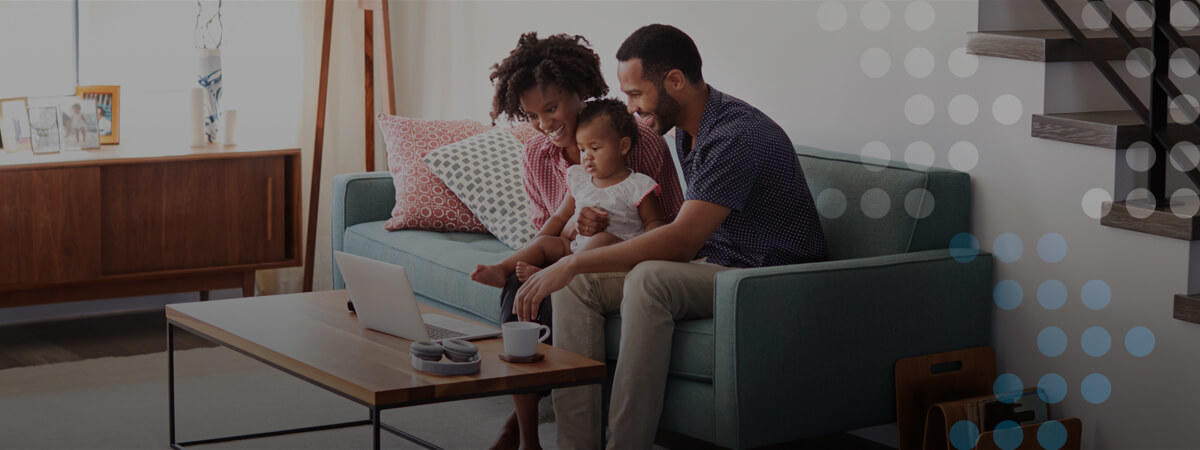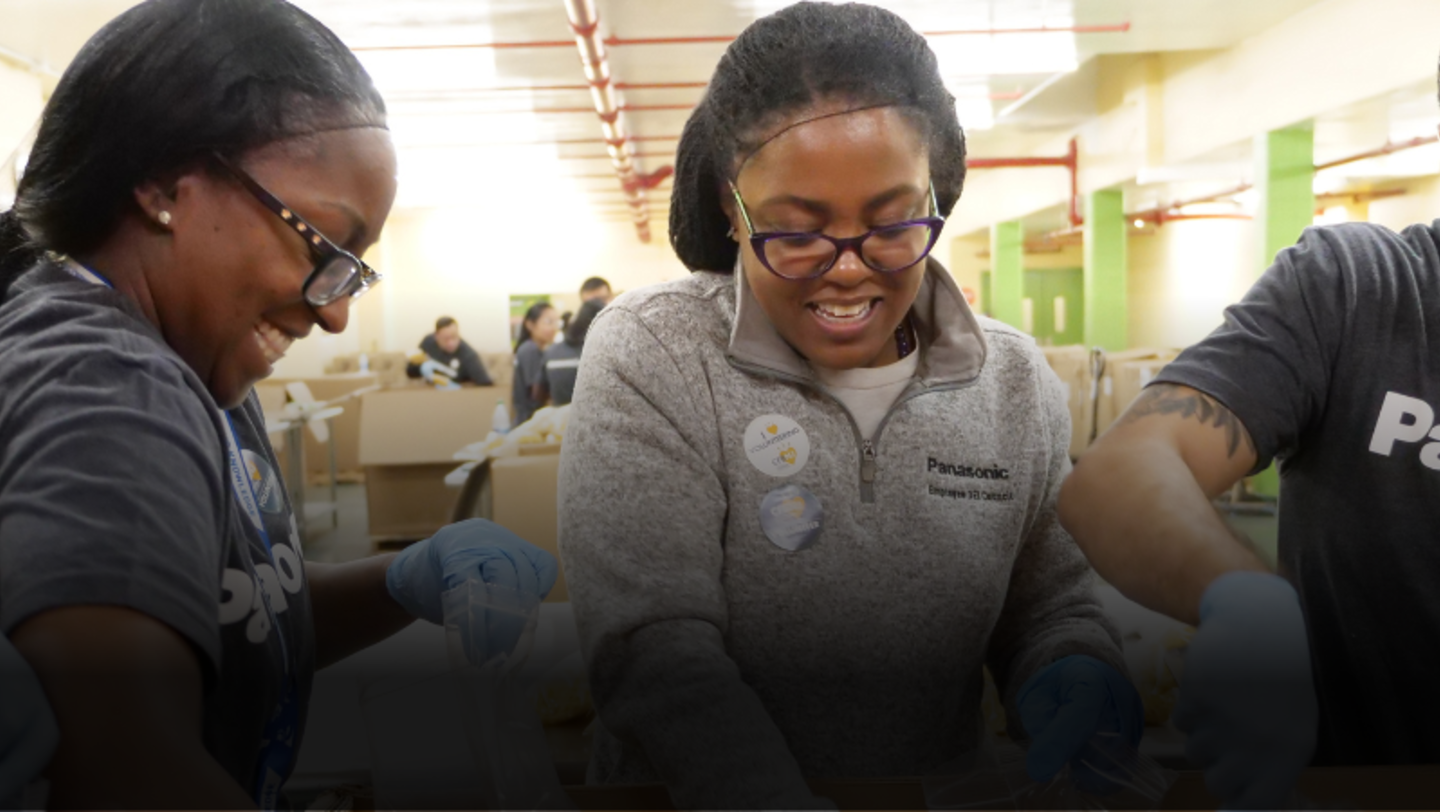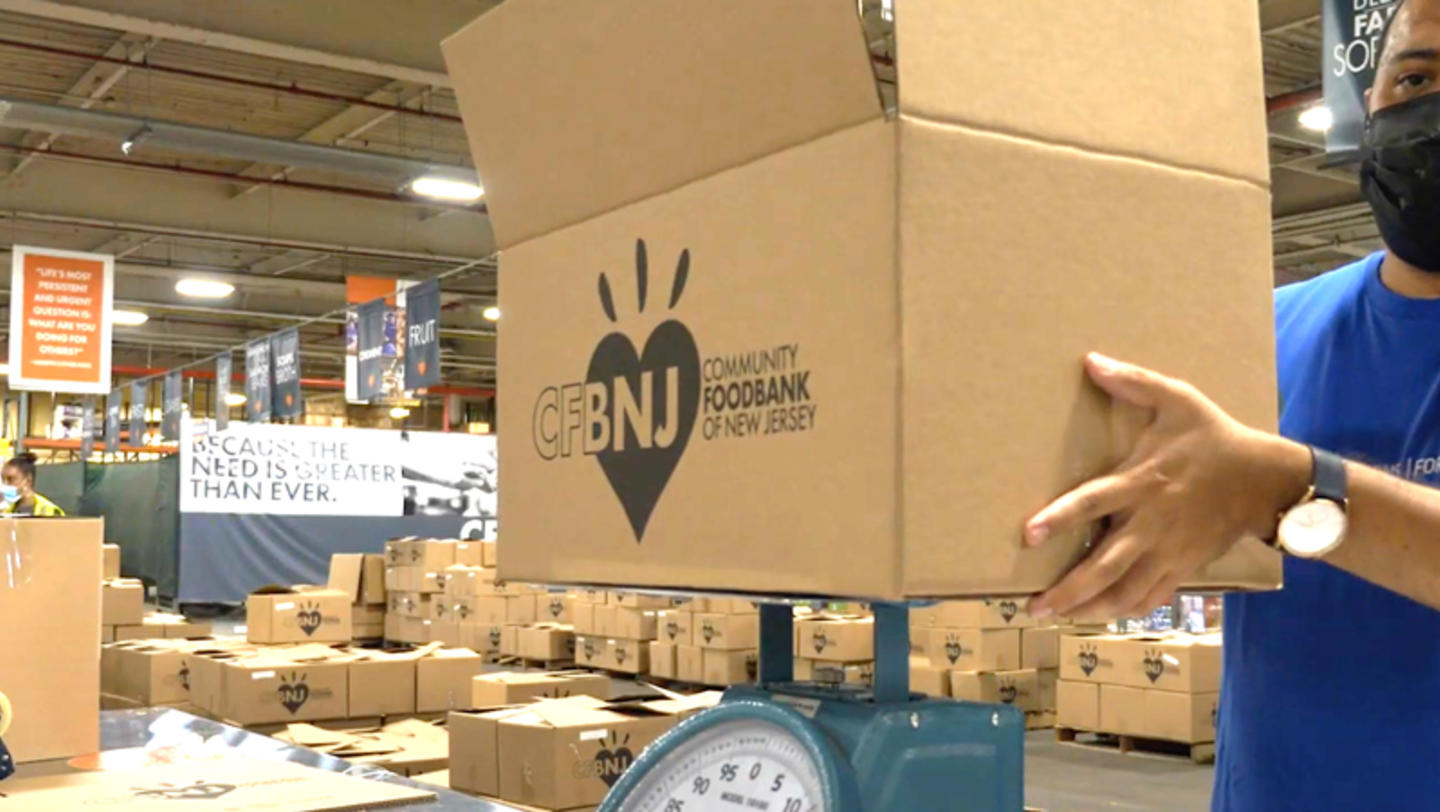Champions For Progress: Cleaning Up The Air We Breathe

Champions For Progress: Cleaning Up The Air We Breathe
Making a difference by improving indoor air quality.
When Panasonic's indoor air quality (IAQ) division wanted to test out Cosmos Healthy Home System they had developed, they came up with a simple plan: to install the system in the home of one of their team members. The selection process was relatively random, with the criteria being that the employee had to own their home and live near the engineering team.
Spearheading this initiative were Russell Pope, senior development manager, and Richard Treonze, product development program manager for Panasonic's IAQ division. They were interested in testing out the new system’s functionality in a real home environment – but when they followed up with the team member about it, what they learned blew them both away: the employee's asthmatic daughter hadn't needed a doctor's visit since the system was installed.
While it can be so easy to think of technology in broad trends and theoretical applications, this success story was a reminder that the technologies our teams develop can have a real impact on the health of real people. That's one of the things that really motivates Russell Pope as a Panasonic employee.
“To learn that we were helping the home’s occupants with their health was really encouraging,” Russell said. “It reminded us that we were doing the right thing – work that could make a real difference.”
Putting light on the invisible
Part of that work, both agree, is bringing greater awareness to the issue of indoor air quality. While the challenges and concerns related to Covid have more people asking questions about this topic, Richard Treonze said it still remains an “invisible” concern to many.
“It’s always harder to put eyes on your air quality,” he said. “That’s why we’re starting to have sensors put in place to record [data] on air quality so it gives some kind of tangible results.”
Even as a leader in the space, Richard acknowledged how hard it is to currently measure the indoor air quality of a living space.
“Having two young kids, I used to sit by their crib every morning, go to work and think about indoor air quality all day,” he said. “And then I’d come home, and I couldn’t be sure about the quality of the air over their crib.”
In his work to bring greater awareness to these issues and help to move the industry forward, Russell got involved with the Home Ventilating Institute, an industry trade association that helps to influence codes and standards and provides consumers with education on indoor air quality.
“I’m really thankful for someone like Russell, who is a big advocate in the industry,” Richard said. “We’re not just advocating for Panasonic – we’re advocating for the right thing to do, and it just so happens that Panasonic is aligned on that.”
Moving industries forward
The need for better indoor air quality transpired after building codes began to address another serious challenge in which Panasonic is deeply invested: energy efficiency. One way to address this issue is to better control the airflow of buildings. So, when running the heat on a cold day, for example, an energy-efficient building is designed to keep the hot air from seeping out, therefore requiring less energy to keep spaces warm. Limiting natural airflow, however, can create issues with the quality of the indoor air over time.
“Now that they’re changing building materials for greater energy efficiency, this is leading to more air-tight buildings, and you don’t get those natural changes of air at the same frequency that you would in an old house,” Russell said.
Because these issues are interwoven, energy usage is also a consideration when designing indoor air quality solutions. The question becomes, How can we create the healthiest homes possible while using as little energy as possible?
“There’s an initiative to build net-zero homes, meaning that in a 365-day year, a home should produce as much energy as it’s using,” he said. “Having our units make progress there – and working in conjunction with our solar and battery storage technologies – provides not just a more sustainable living space, but less fossil fuel usage and less money out of the consumer’s pockets going toward items that might ultimately be wasteful.”
For the team, providing better indoor air quality is one very important part of the big picture: creating a better world for everyone. Working for Panasonic and being exposed to all the various technologies the company offers, Russell said, allows you to see the individual roles that make up that larger picture.
“To have a net-zero home, you have to address indoor air quality, you have to address energy,” he said. “If you look at Panasonic as a whole, including our various sustainable building technologies as well as our core values, we’re doing a lot of things – really more than any other company that I can think of – to help more quickly reach that net-zero goal.”
An image of a better future
These net-zero homes, coupled with progressive codes and standards, play a large role in the IAQ team’s vision for the future. But they also integrate nicely into Panasonic’s larger corporate philosophy of contributing to society and creating a better world for all. As exciting as it is to develop leading-edge IAQ technologies, it’s the positive impact these solutions can have that really keeps Panasonic’s indoor air quality team moving forward at work.
“Every day that we do this could be another day added onto someone’s life,” Richard said. “That’s something that can really motivate you.”
Russell shares Richard’s sentiment. “Talk about something that makes you feel like you made a difference,” he said. “Having a positive impact on a person’s long-term health would be a perfect example.”
Interested in making a positive difference through technology? Explore our current job opportunities here.
Join our Talent Community!
Not ready to apply? Joining our talent community not only provides you with job updates but insider peeks on some of the innovative technologies you could work on.






